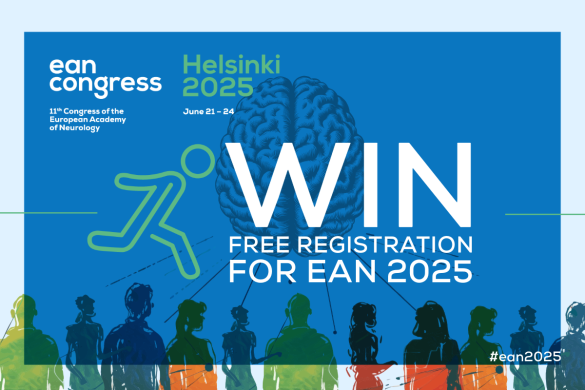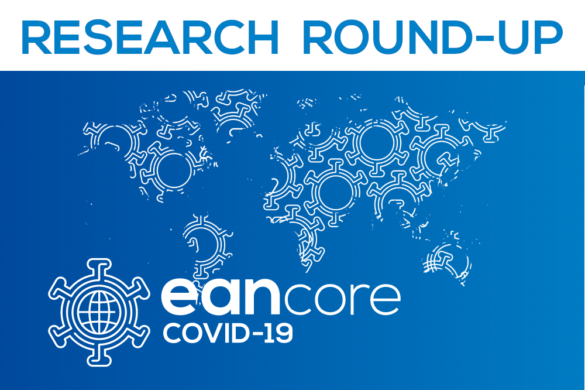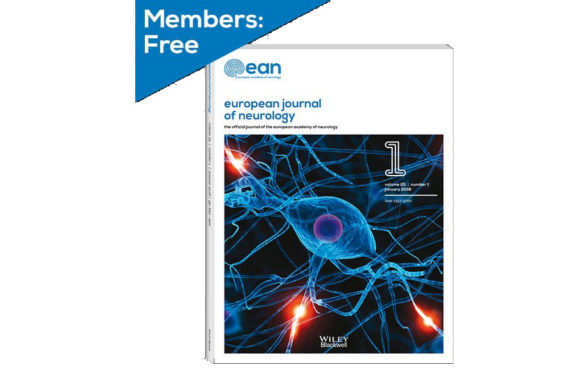Cross-sectional case-control studies (Blue)
The aim of this study was to describe the long-term health consequences of patients with COVID-19 who have been discharged from hospital and to investigate the associated risk factors, in particular disease severity. The authors performed an ambidirectional cohort study of patients with confirmed COVID-19 who had been discharged from Jin Yin-tan Hospital (Wuhan, China) between Jan 7, 2020, and May 29, 2020. All patients were interviewed with a series of questionnaires for evaluation of symptoms and health-related quality of life, underwent physical examinations and a 6-min walking test, and received blood tests. A stratified sampling procedure was used to sample patients according to their highest seven-category scale during their hospital stay as 3, 4, and 5–6, to receive pulmonary function testing, high resolution CT of the chest, and ultrasonography. Enrolled patients who had participated in the Lopinavir Trial for Suppression of SARS-CoV-2 in China received severe acute respiratory syndrome coronavirus 2 antibody tests. Multivariable adjusted linear or logistic regression models were used to evaluate the association between disease severity and long-term health consequences. In total, 1733 of 2469 discharged patients with COVID-19 were enrolled after 736 were excluded. Patients had a median age of 57·0 (IQR 47·0–65·0) years and 897 (52%) were men. The median follow-up time after symptom onset was 186·0 (175·0–199·0) days. Fatigue or muscle weakness (63%, 1038 of 1655) and sleep difficulties (26%, 437 of 1655) were the most common symptoms. Anxiety or depression was reported among 23% (367 of 1617) of patients. The proportions of median 6-min walking distance less than the lower limit of the normal range were 24% for those at severity scale 3, 22% for severity scale 4, and 29% for severity scale 5–6. The corresponding proportions of patients with diffusion impairment were 22% for severity scale 3, 29% for scale 4, and 56% for scale 5–6, and median CT scores were 3·0 (IQR 2·0–5·0) for severity scale 3, 4·0 (3·0–5·0) for scale 4, and 5·0 (4·0–6·0) for scale 5–6. After multivariable adjustment, patients showed an odds ratio (OR) 1·61 (95% CI 0·80–3·25) for scale 4 versus scale 3 and 4·60 (1·85–11·48) for scale 5–6 versus scale 3 for diffusion impairment; OR 0·88 (0·66–1·17) for scale 4 versus scale 3 and OR 1·77 (1·05–2·97) for scale 5–6 versus scale 3 for anxiety or depression, and OR 0·74 (0·58–0·96) for scale 4 versus scale 3 and 2·69 (1·46–4·96) for scale 5–6 versus scale 3 for fatigue or muscle weakness. Of 94 patients with blood antibodies tested at follow-up, the seropositivity (96·2% vs 58·5%) and median titres (19·0 vs 10·0) of the neutralising antibodies were significantly lower compared with at the acute phase. 107 of 822 participants without acute kidney injury and with estimated glomerular filtration rate (eGFR) 90 mL/min per 1·73 m2 or more at acute phase had eGFR less than 90 mL/min per 1·73 m2 at follow-up.
The authors concluded that at 6 months after acute infection, COVID-19 survivors were mainly troubled with fatigue or muscle weakness, sleep difficulties, and anxiety or depression. Patients who were more severely ill during their hospital stay had more severe impaired pulmonary diffusion capacities and abnormal chest imaging manifestations, and are the main target population for intervention of long-term recovery.











